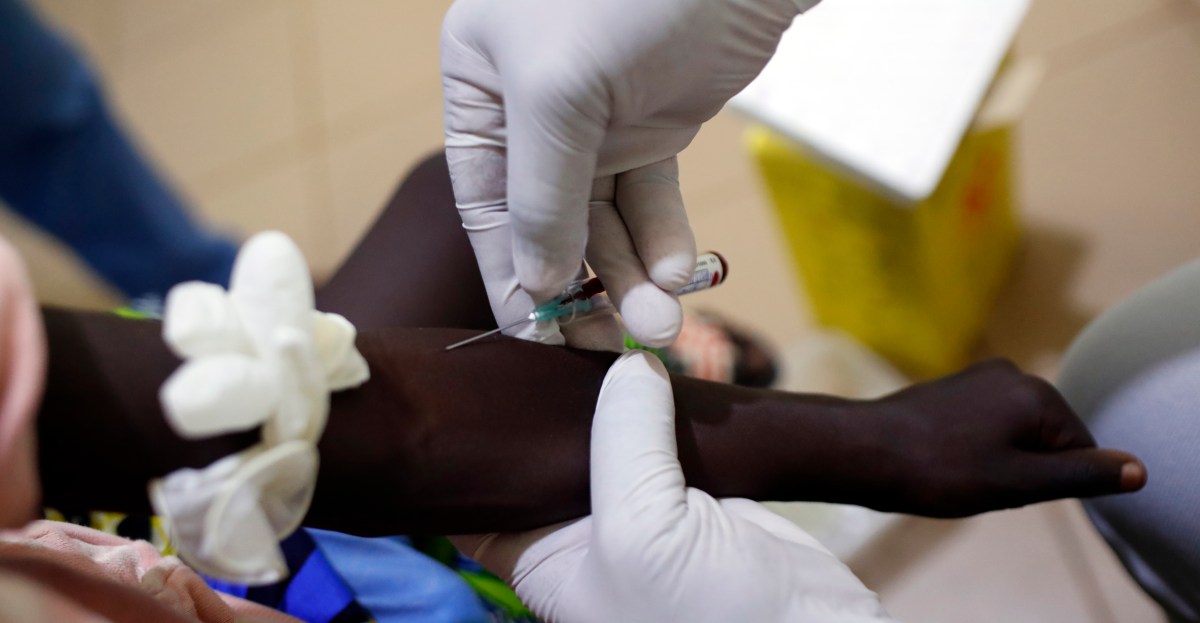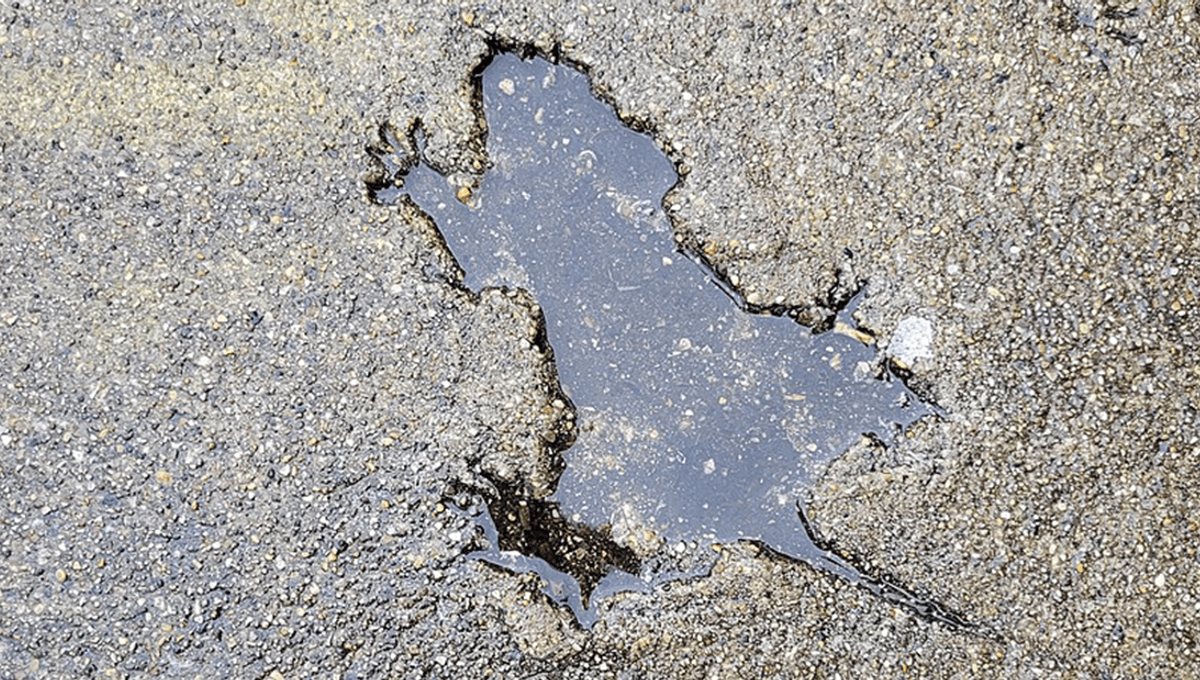If you have spent a little too long on the Internet, or have a keen interest in Illinois landmarks, you may already be aware of the infamous “Chicago rat hole”.
In January 2024, X user WinslowDumaine posted an image of a sidewalk on West Roscoe Street in Chicago, Illinois. Known locally for around 20 years, the sidewalk contains an imprint of a small animal that appears to have suffered an unfortunate fate, quickly earning the “Chicago rat hole” viral fame.
People have made “pilgrimages” to the rat hole, alternatively dubbed “Splatatouille”, and have even got married in front of it, before it was removed in April. The slab containing the imprint now resides in the City Hall-County Building.
Internet users speculated that the animal was a local rat, while others suggested that small imprints were evidence that the rat escaped from the incident with its life.
Well, a team of scientists finally have some answers. In a new study published in Biology Letters, researchers compared “anatomical landmarks” seen in the imprint with eight compatible rodent species to try and determine what it was. As well as this, they made some suggestions as to the manner of the rodent’s death.
First up, the “rat hole” is likely not made by a rat.
“Our analyses offer little support for the hypothesis that the ‘Chicago Rat Hole’ was made by a brown rat,” the team writes, explaining that the imprint’s forelimbs are too elongated, and its third digits and hindpaws are too long to suggest the species.
“Instead, the data point to a closer resemblance with large-bodied rodents that exhibit generalized limb and tail proportions. While Eastern grey squirrels, fox squirrels and muskrats all fall within this morphological space, the measurements derived from the impression do not allow for definitive species-level identification.”
Given the prevalence of Eastern grey squirrels in the city, the team suggests this is the most likely candidate, and propose renaming it the “Windy City Sidewalk Squirrel” in line with new evidence.
That isn’t the bad news though. Looking at the impression, the team determined it probably didn’t survive the encounter.
“There is no evidence in the impression to suggest that the unfortunate tracemaker walked away after its fall,” the team explain in their paper. “While it is possible that a brown rat was dropped by a bird of prey, it is far more likely that a squirrel, despite their agility, misjudged a leap or slipped from a branch and fell, leaving the impression.”
The team added that the idea is supported by reports from long-term residents, who said that there used to be a tree near where Splatatouille was found.
“Falls from heights are quite common for tree squirrels, as evidenced by the high incidence of skeletal markers attributable to fall-related injuries. This risk is particularly pronounced for Eastern grey squirrels in urban centres, which are approximately 4.5 times more likely to have healed injuries compared to their rural counterparts.”
The paper suggests that the reason a big bushy tail is not seen in the impression is down to hair’s poor rigidity, as well as sidewalk concrete’s unsuitability to preserve intricate biological details. Perhaps the next clumsy Chicago squirrel should try and land in clay.
“While we acknowledge the playful spirit of this investigation,” the team adds, “our broader aim is to highlight that scientific inquiry begins with curiosity and observation: qualities that are not exclusive to professional scientists, but accessible to anyone with an interest in understanding the natural world.”
The paper is published in Biology Letters.
First Appeared on
Source link













